COVID in Cusco: Week 23
Sunday, 16 August, 2020
Five months ago, on March 16th, Peru entered a serious lockdown quarantine. Since then, a lot has changed in the world and in Peru. Hospitals in Peru have more ICU beds than in March, they have more respirators than in March and they have better personal protective equipment for their employees than in March.
Five months ago, trucks full of military, armed to the teeth, patrolled the streets. They picked people up for not having a believable story about going to either buy food or go to the pharmacy. Hundreds of people were arrested every night in Peru for breaking curfew - which was 6pm for the first couple months. One of my housemates was ordered to go home when she legitimately left the house to buy food. Another was threatened with arrest when she took the trash out to the curb after curfew. It was really intense.
Five months later, we still have a curfew, although it’s now 8pm. The police presence has slacked off a bit and the military in Cusco spend most of their time at checkpoints where people could drive into the city. Movement between towns is still tightly controlled.
Monday, 17 August, 2020
There are a lot of aspects of politics in Peru that make it seem like some sort of magical realism. Months ago I learned that there is a law that protects members of congress from any kind of legal investigation. That just boggles my mind. Shouldn’t they be subject to the same laws as the people they are supposed to represent? No wonder last October President Viscarra dissolved the congress when they refused to pass some of his anti-corruption laws.
Today I learned another strange thing. Most of the roads in Peru have been privatized. The government actually sold the roads to private companies, who can charge as much as they want with tolls - and spend as little as they want on maintenance.
These are just a couple examples of why politics here seem like magical realism, the literary genre invented by Colombian Gabriel García Márquez. On the surface, things look normal. Scratch the surface a bit and you will learn some truly bizarre things about how politics work in Peru.
Tuesday, 18 August, 2020
If you follow me on Instagram, then you’ve seen the construction zone that is only three meters from my bedroom and living room windows. It will soon be a four story apartment building, built right to the property line. So far they have just dug the basement and poured cement for the first floor. It’s currently lower than my windows, but already above my housemate Kerry’s windows. Curtains are not the same as a wall, and it’s not too hard for the construction workers to look down into her bedroom. They still look across and a bit up into my windows, but it won’t take long for that to change. Add the noise of construction to the creepiness of construction workers that close to my windows and I’m ready to move.
Looking for an apartment in Cusco is interesting. There are so many empty places now that the market is flooded, especially with the AirBnbs that tourists used to rent. Tourists were probably 20% of the population of Cusco in June, July and August. Take them out of the equation and then also subtract all of the hotel and restaurant workers who now can’t pay rent in Cusco because hotels and restaurants won’t be hiring until March 2021. Then, subtract everybody else who lost a job and can’t pay rent in Cusco and had to move in with family.
There is a great apartment shuffle going on, with the cheapest places going first. The nice AirBnbs are empty. Places that used to go for $40 per night are now $200 per month. Nobody is renting by the day anymore and nobody can afford $40 per night.
The Peruvian government had said in June that they were going to start allowing international flights at the end of August or in September. This does not mean that tourists are coming back. The only change is that this week, the international airport in Lima reopened. There are no incoming flights of tourists, just outgoing flights for repatriating foreigners who want to leave Peru. Until this week, for five months straight, the international airport was closed and all repatriation and emergency flights left from the air force base near Lima.
Think about that for a minute. Could London shut down Heathrow for five months? Could Paris shut down Charles de Gaulle for five months? Neither of those countries is actually as dependent on tourism as Peru is. The Hugo Chavez International Airport in Lima was completely closed for five months. Not one single flight in or out for five months.
Every time the US Embassy in Lima sends out information about these repatriation flights, it notes that all of the currently scheduled flights have been sold out. I am always surprised that there are enough US citizens still in Peru to sell out a flight or two every week. Where are these people and why do they want to leave? Have they not read about the summer surge of Covid infections in the US? Plus the second wave forecast for September?
Of course, if I was in Lima, I would want to leave. The Covid situation there is really bad. Currently, infections per day there now are not as bad as they were in May, but the second wave is rising. A friend of mine who lives there has had several family members catch Covid, though thankfully none have died. Across the street from him, however, two neighbors did die of Covid. I don’t know anybody in Cusco who has gotten Covid.
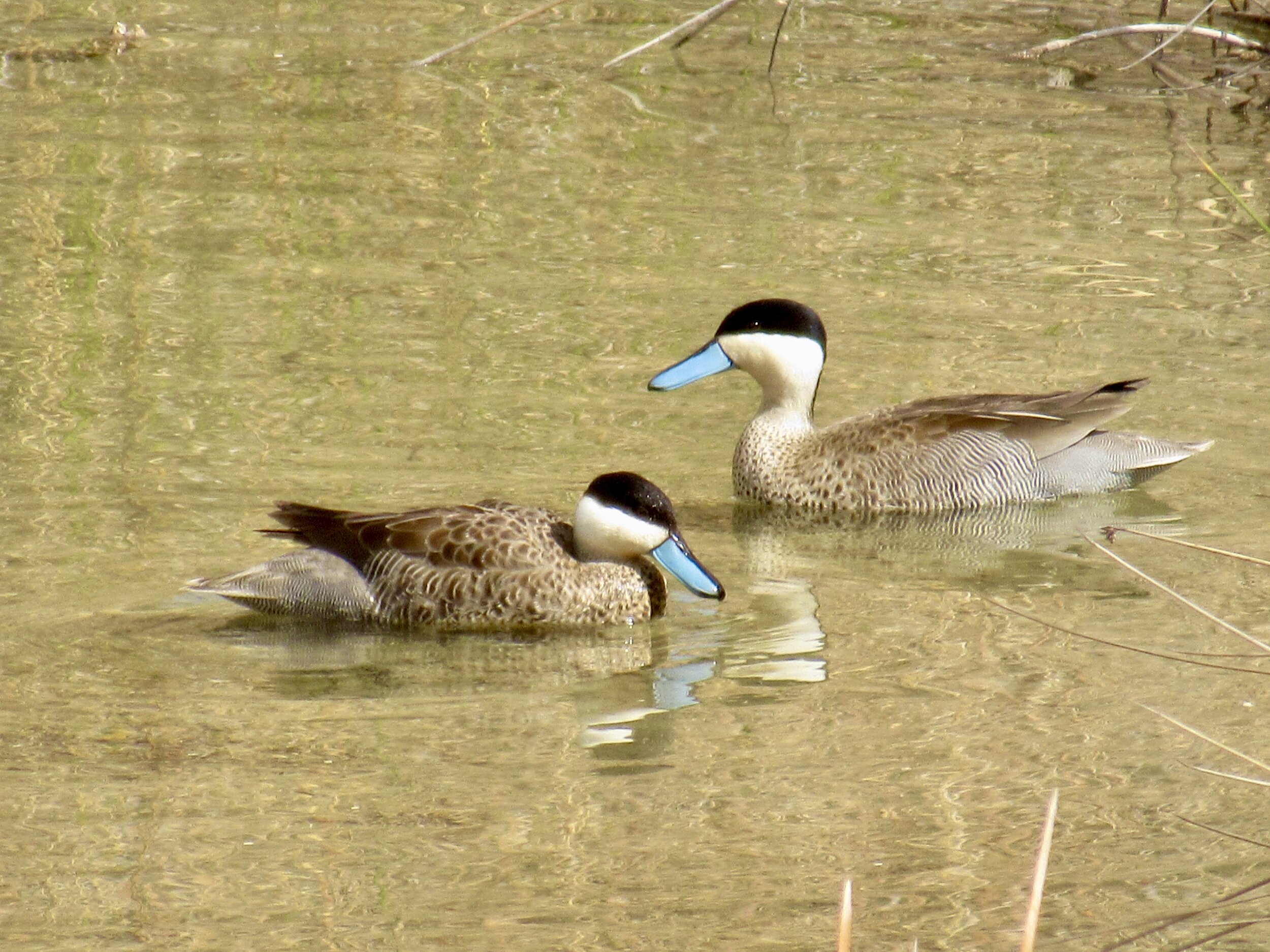
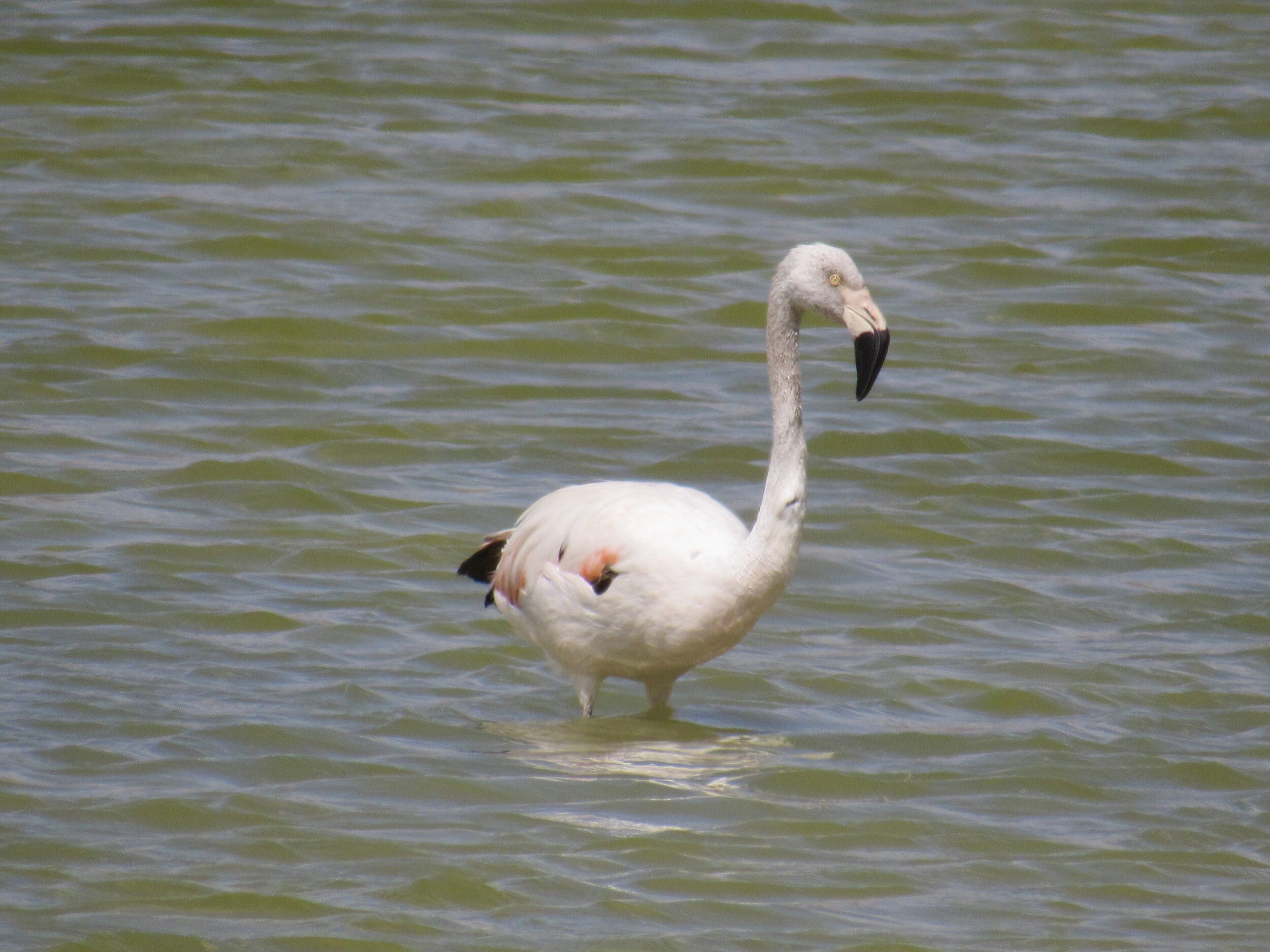
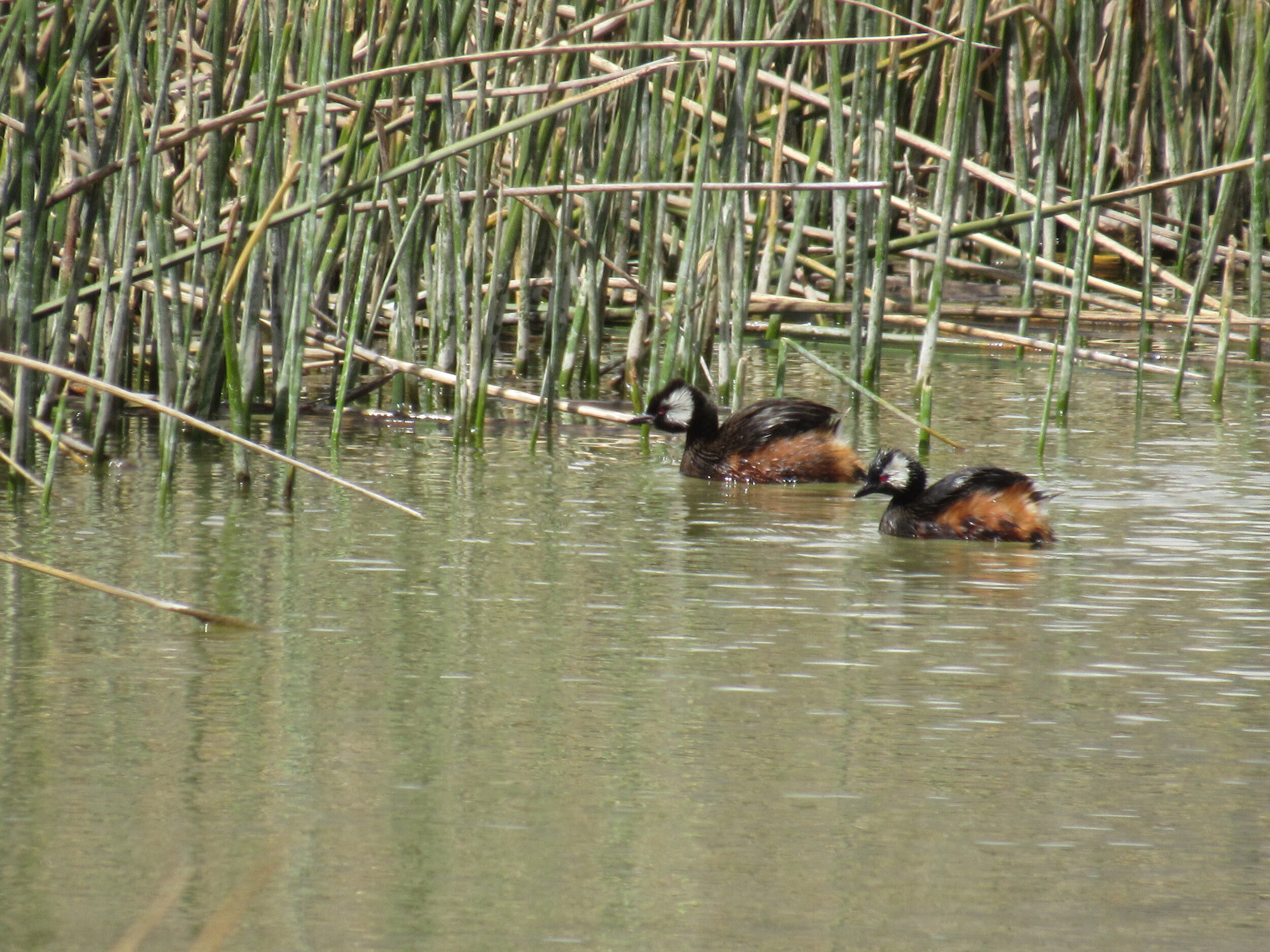
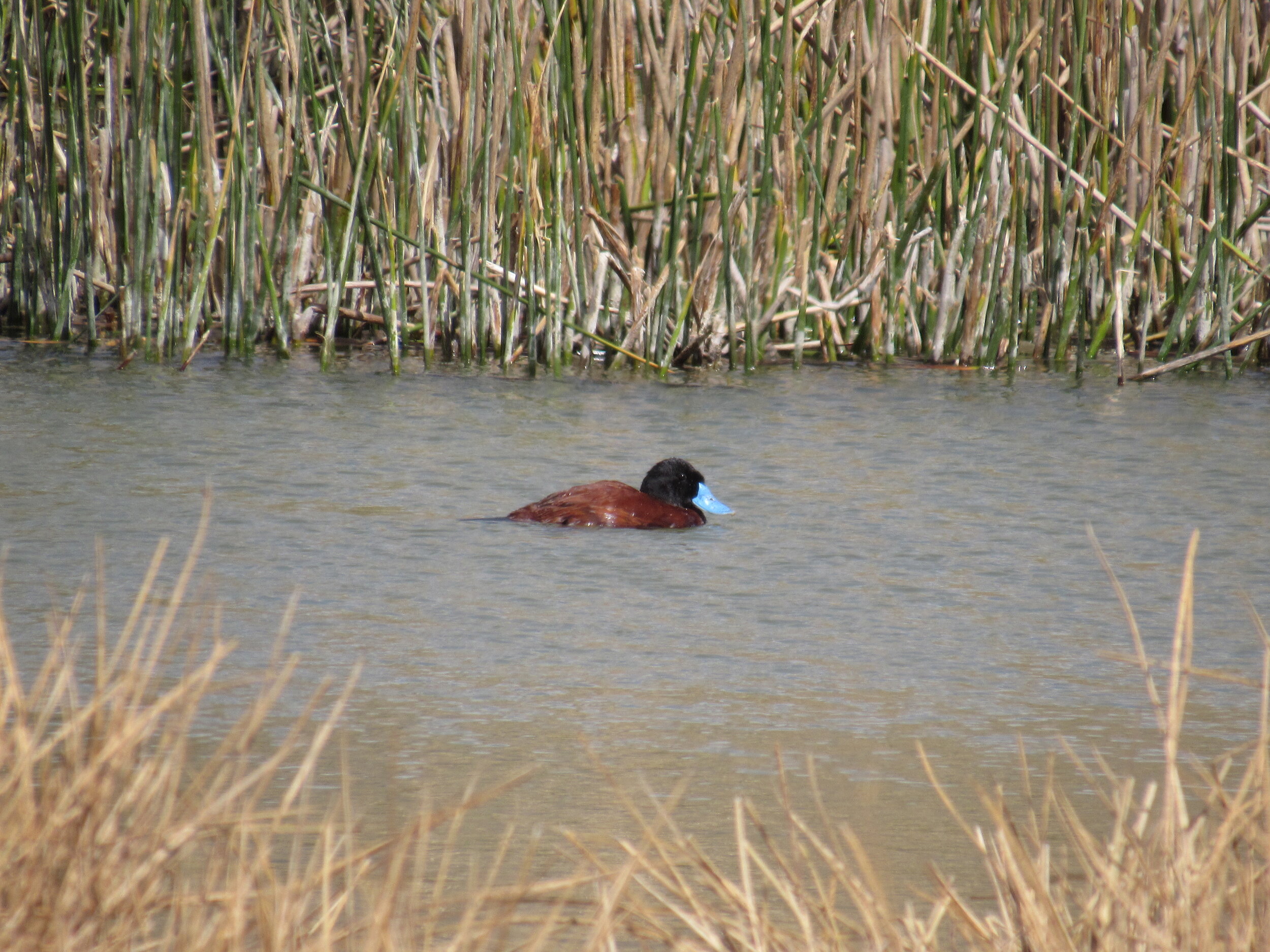
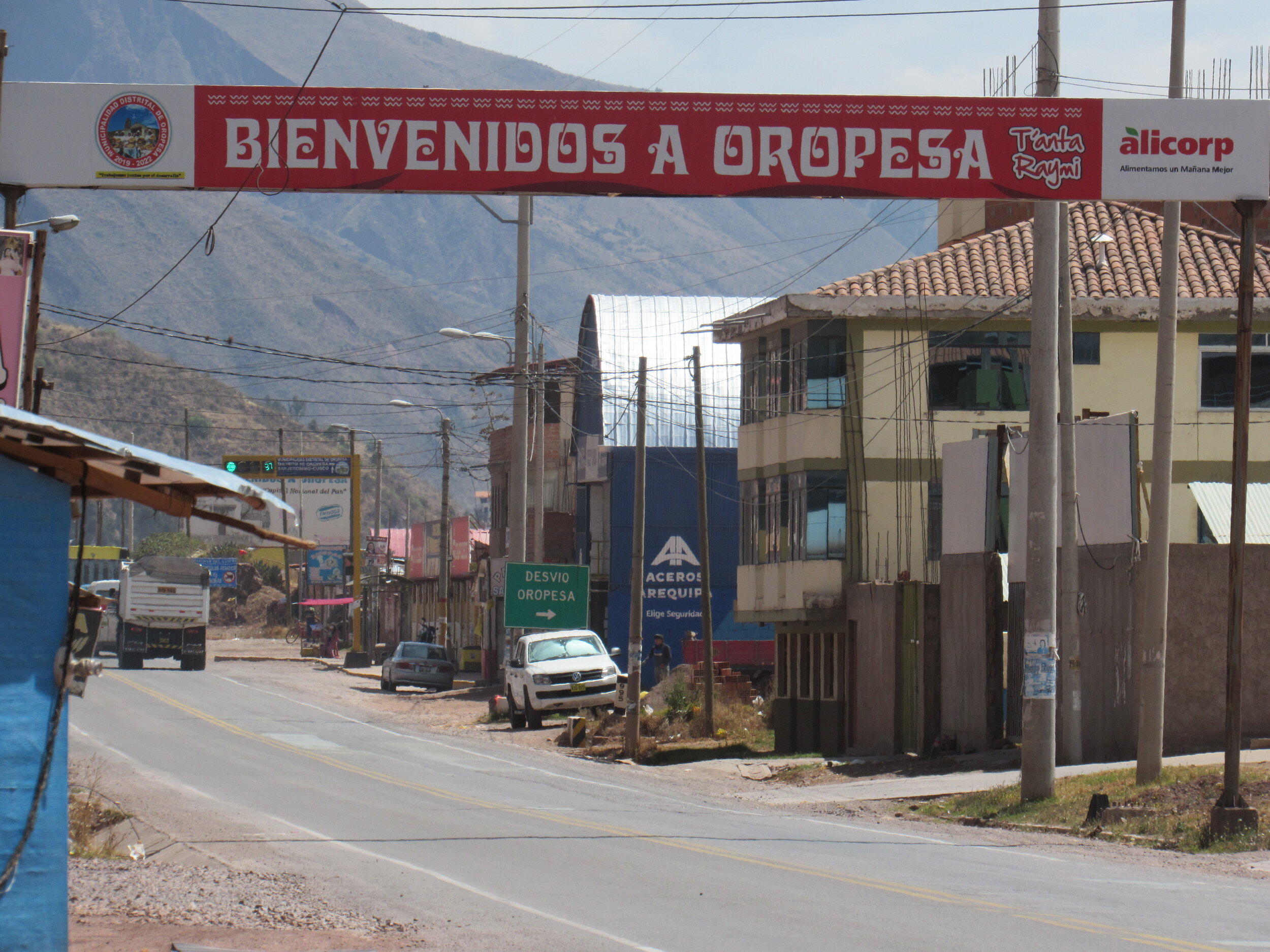
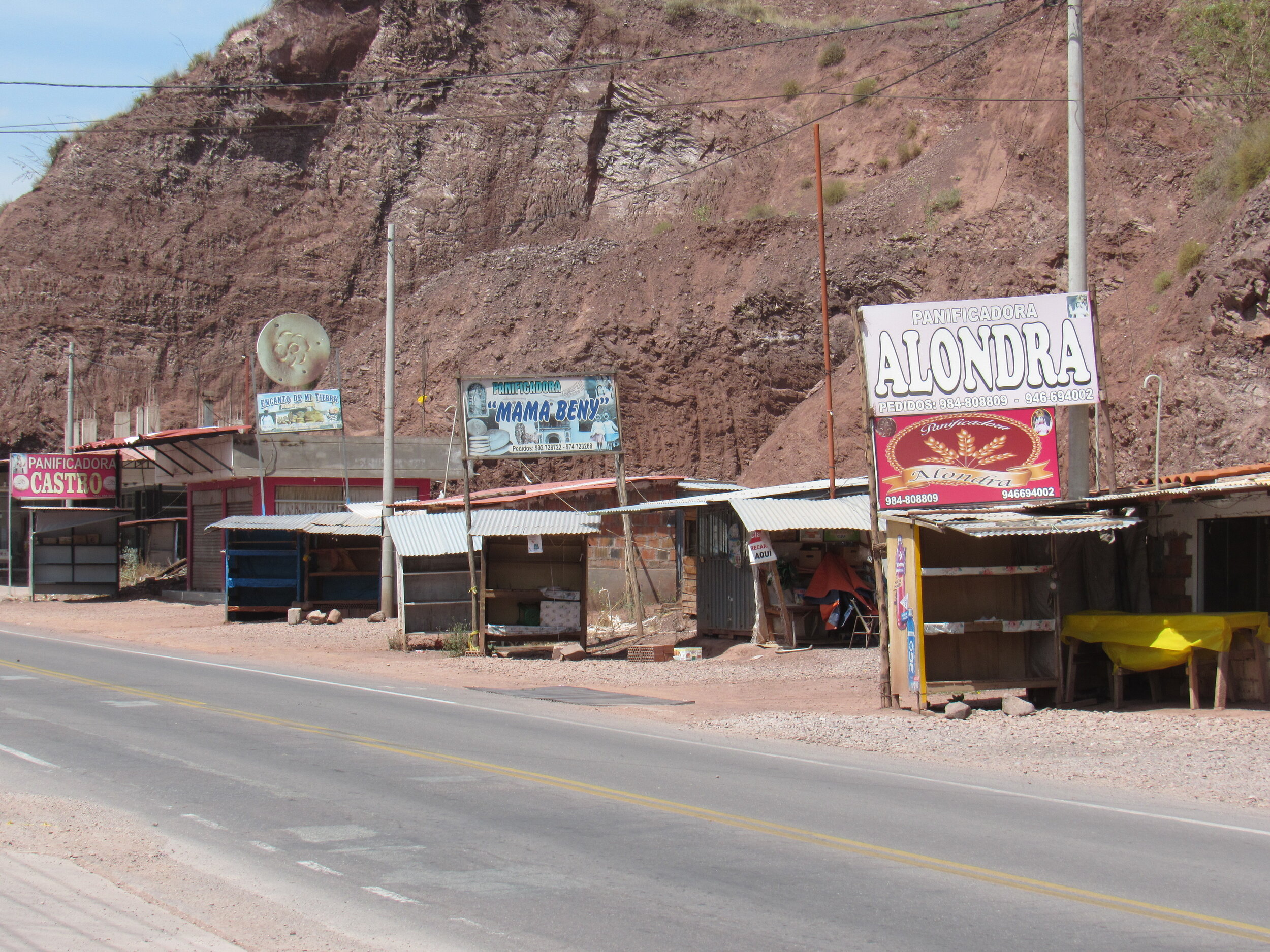
Wednesday, 19 August, 2020
In July I was so focused on getting out of Cusco. I really felt that the number of cases in Cusco had been so consistently low during all of May and June that I should be allowed to go outside. Plus, I had terrible cabin fever and was crawling up the walls. I just wanted to go hiking and camping so badly.
Unfortunately, I was not welcome in rural communities. Anybody from outside the community, especially somebody coming from Cusco, was a threat. These communities are so isolated that none of them had any cases of Covid. They really did need to stay isolated, to stay safe.
That led me to try to find hiking routes that don’t go near any communities. I don’t want to be the one to accidentally take Covid from the city to any of these families.
Today, I went bird watching at the marshes in Huacarpay. This is close enough to Cusco that I could get there on a city bus, but far enough to feel like I was out in the countryside, far from town. It’s the dry season, so there are very few birds there now. I could only identify nine species, and there was only one bird that I couldn’t identify at all. The biggest surprise was that I saw flamingoes. They are not on the list of birds that you should be able to see at Huacarpay. My only guess is that they were passing through and just stopped for a day or so.
If you need to get out of Cusco, take the Saylla bus past the airport. You can get off at Lucre, which is near the marshes. Don’t get out at Oropesa anytime soon, because their quarantine rules are even more strict than in Cusco.
Thursday, 20 August, 2020
Today I went to the bank to withdraw the donations that the Covid Relief Project has received for this Saturday. It still bothers me that we haven’t been able to register as an official charity, which means that all donations have to go through my personal bank account. I really hope that we can open up a local bank account soon, which would make everything seem much more official to me
We are very close to what we need for Saturday, despite finding out last night that there are 76 families, not 49. I had been budgeting s/30 per family, for 49 families. Since we usually take food for about a hundred, this made fundraising so much easier for me. Finding out last night that there are 76 families, I panicked a bit. Thankfully, we have gotten in more donations and now need only $75 more in donations. I am sure that in the next 24 hours we can get that much.
When I went to Wagner’s, the wholesaler we work with, only two people seemed to be working and there was yellow caution tape blocking the open door. People were standing outside on the sidewalk to ask prices and buy food. They invited me to come in, probably since they have gotten to know me pretty well by now. This is the fifth time that I have bought enough food for a whole village from them.
We worked out the last details of how much food I could get this time for s/30. Then, I couldn’t help asking why the store was partly closed. In a very low voice, one of them told me that last Saturday two of the staff members were diagnosed with Covid. They are extremely short staffed, since three other employees are self-isolating at home until they can get tested too.
Now I do know two people who have Covid in Cusco.
Friday, 21 August, 2020
Today was just busy - the kind of busy that I have had so rarely since the pandemic started. I got up earlier than usual to see an apartment, which was the only time that the landlord was available to show it. Then I went to the market to buy food for the weekend. After taking all of that home, I ran down towards the main square to pick up some donated marmalades from the Maytaq Wasin Hotel.
I met the owner of the hotel at my regular Friday yoga class. After she heard about the Covid Relief Project, she offered to donate some of the little single-serving marmalade cups that used to be on her hotel’s breakfast buffet. Most hotels in Cusco won’t open until Christmas, at the earliest. Many will stay closed until the rainy season ends and the tourist season usually starts: in March or April, 2021.
With my biggest backpack stuffed full of the 76 bags she had prepared, each with 10 marmalades, I hiked back up to my house, dropped off the backpack, then continued hiking uphill to the grove of trees where we do yoga on Friday mornings. It was more deserted than usual, and we weren’t interrupted by anybody during the hour and a half that we followed Sonia’s yoga class.
Afterwards I raced down to my house to get the bbq going. My DIY bbq works great, and this is the fourth time that I’ve used it. However, the charcoal that I buy at the market takes about two hours to get hot enough to cook. I gather sticks up at the grove of trees where we do yoga and keep a fire going for about an hour to heat up the charcoal.
My friend Sarah arrived for an afternoon bbq, then another friend, Steve joined us. Steve is going with me tomorrow to take food to the community of Mayubamba with the Covid Relief Project. He lives in Pisac, part of the mass exodus of expats moving from Cusco to the Sacred Valley. Pisac is about an hour from Cusco, so I offered to let him crash at my house tonight, so he can be ready early tomorrow for the two and a half hour drive to the village.

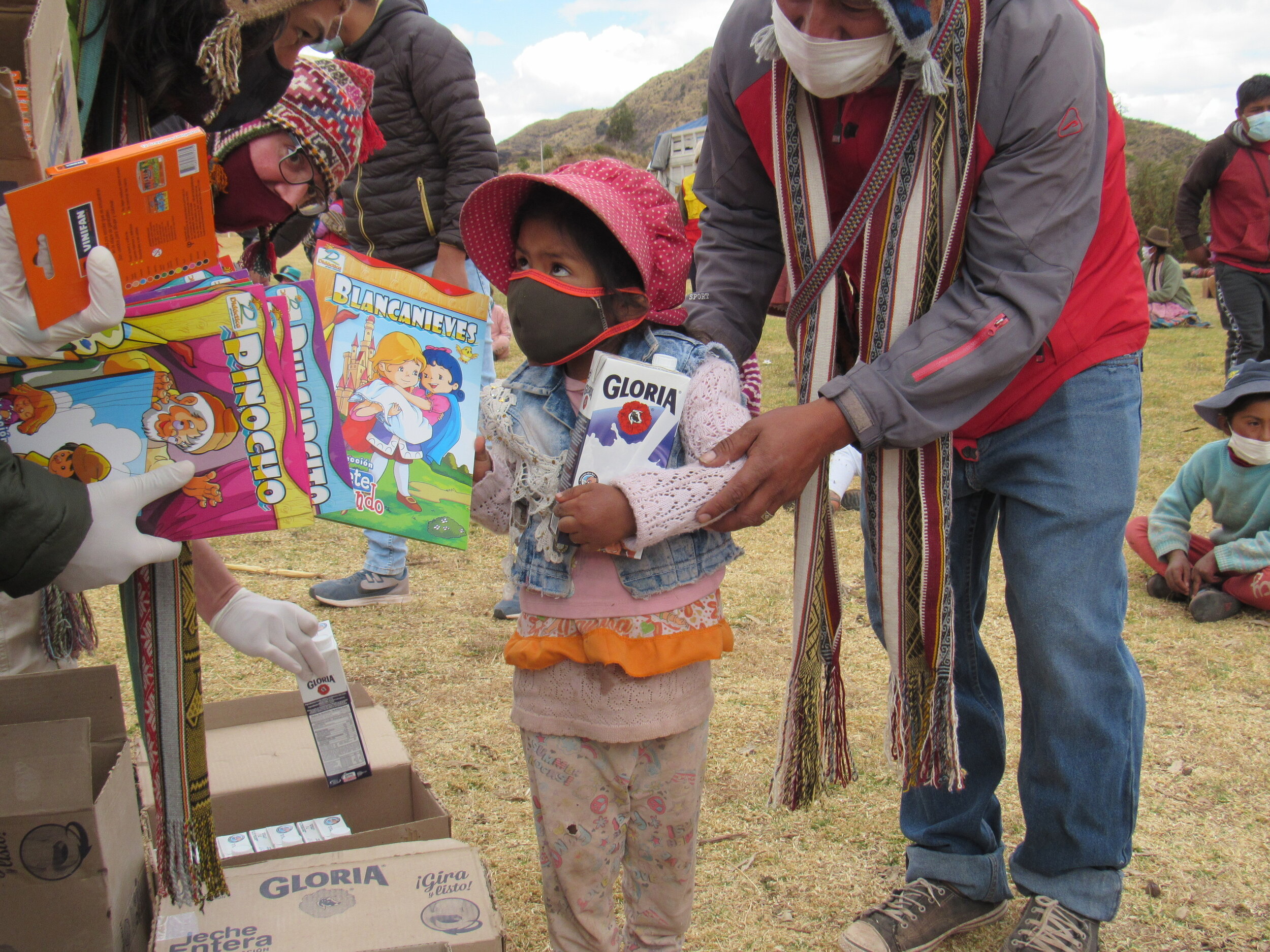
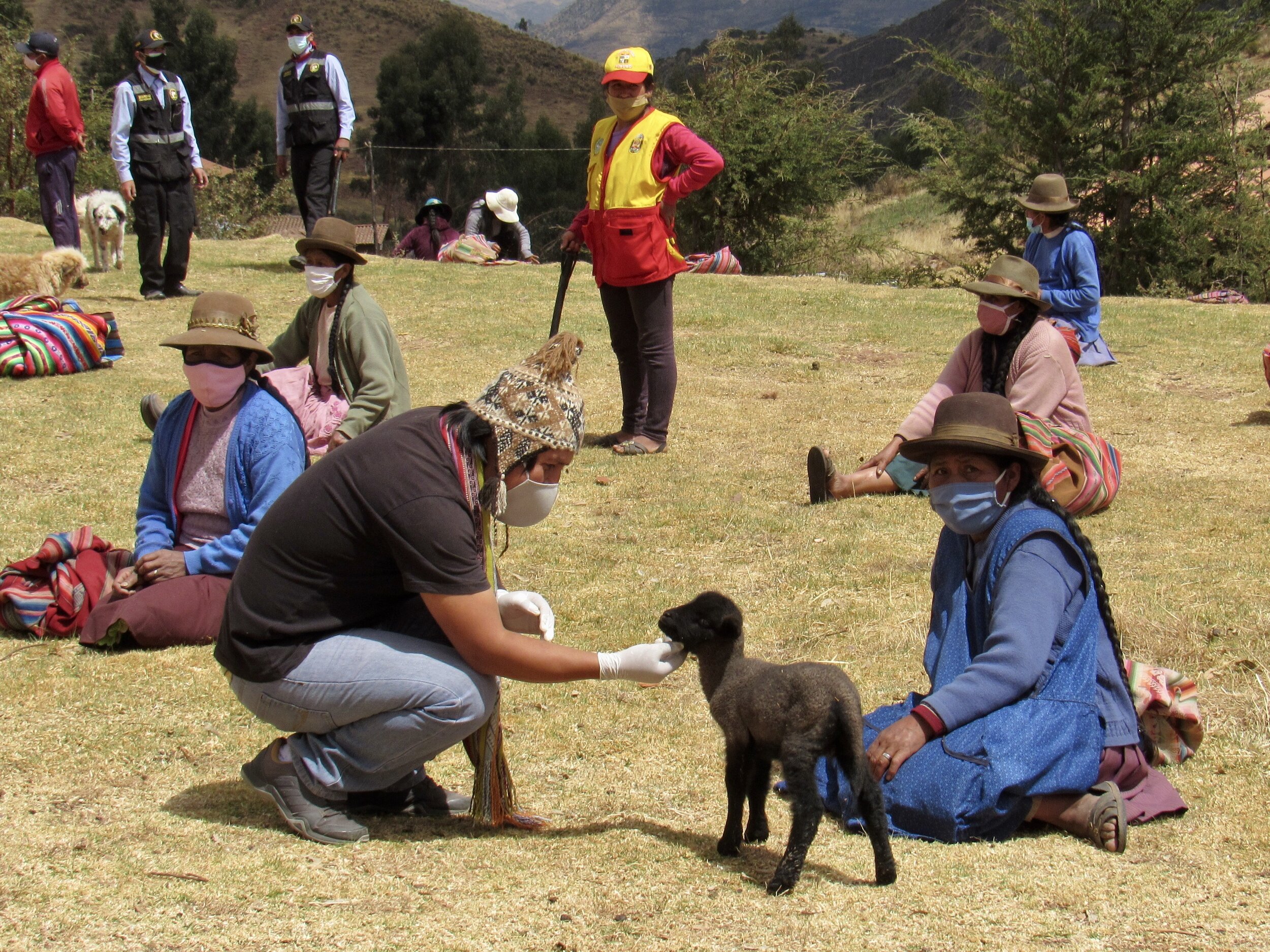
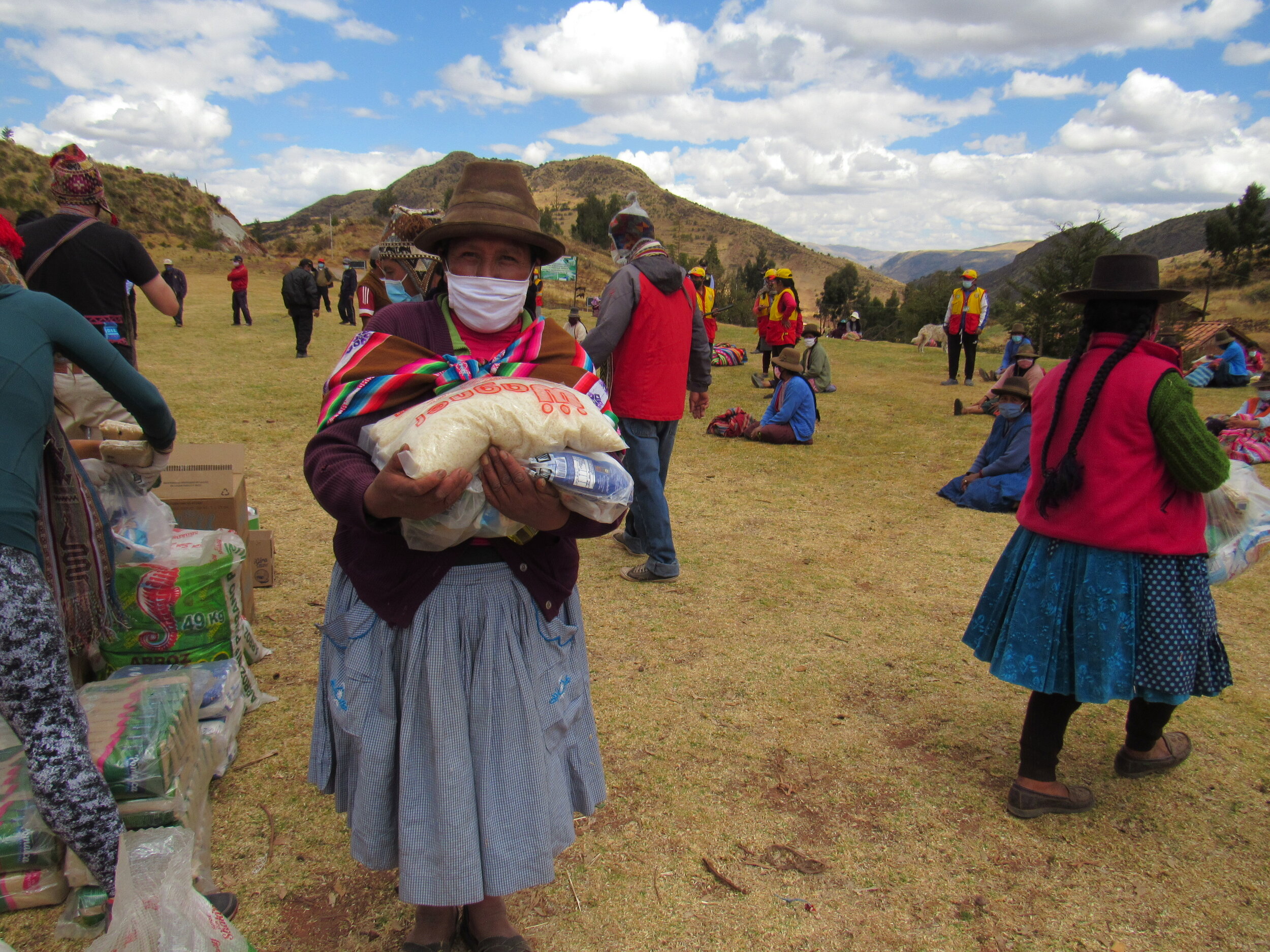
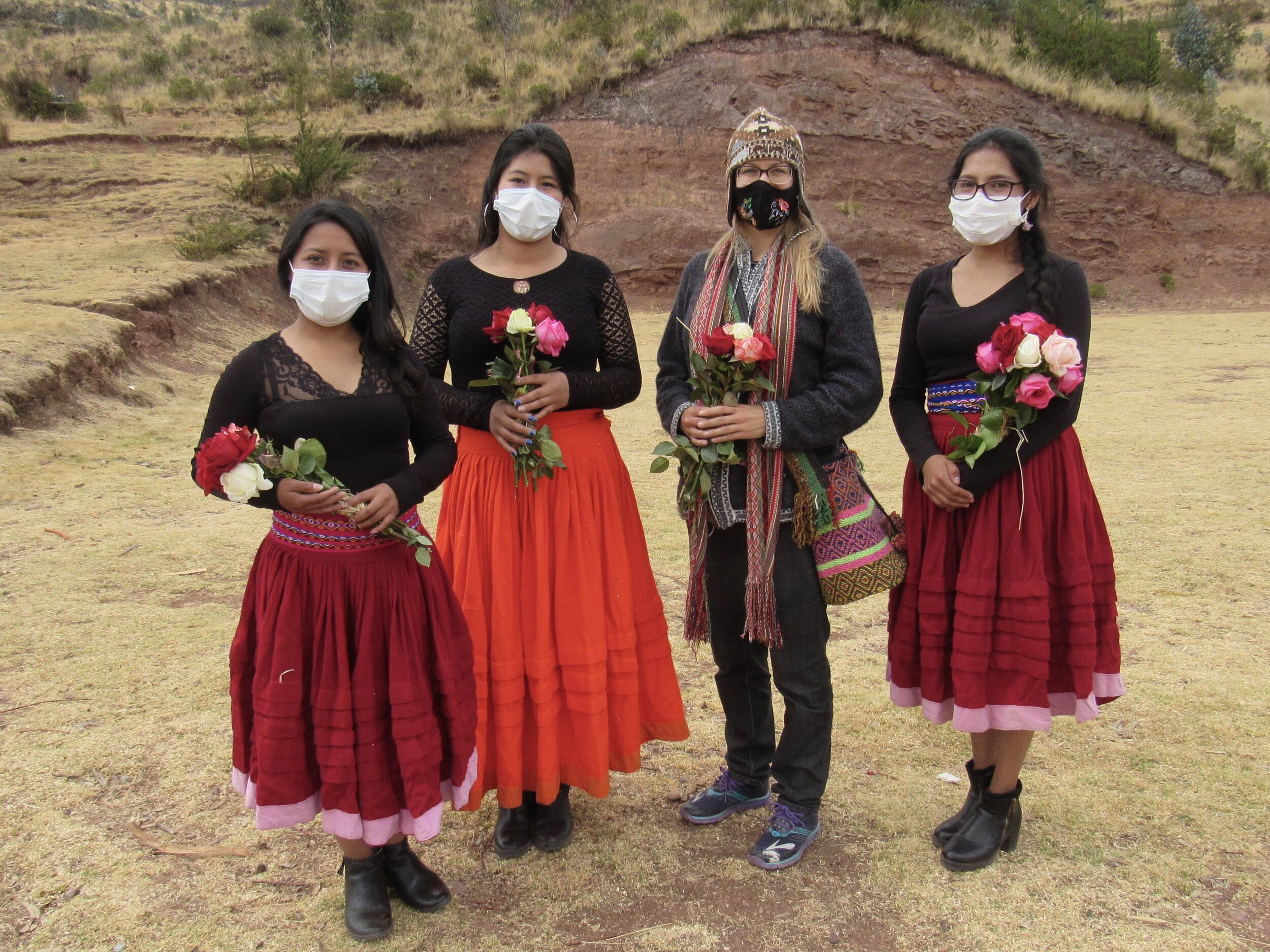
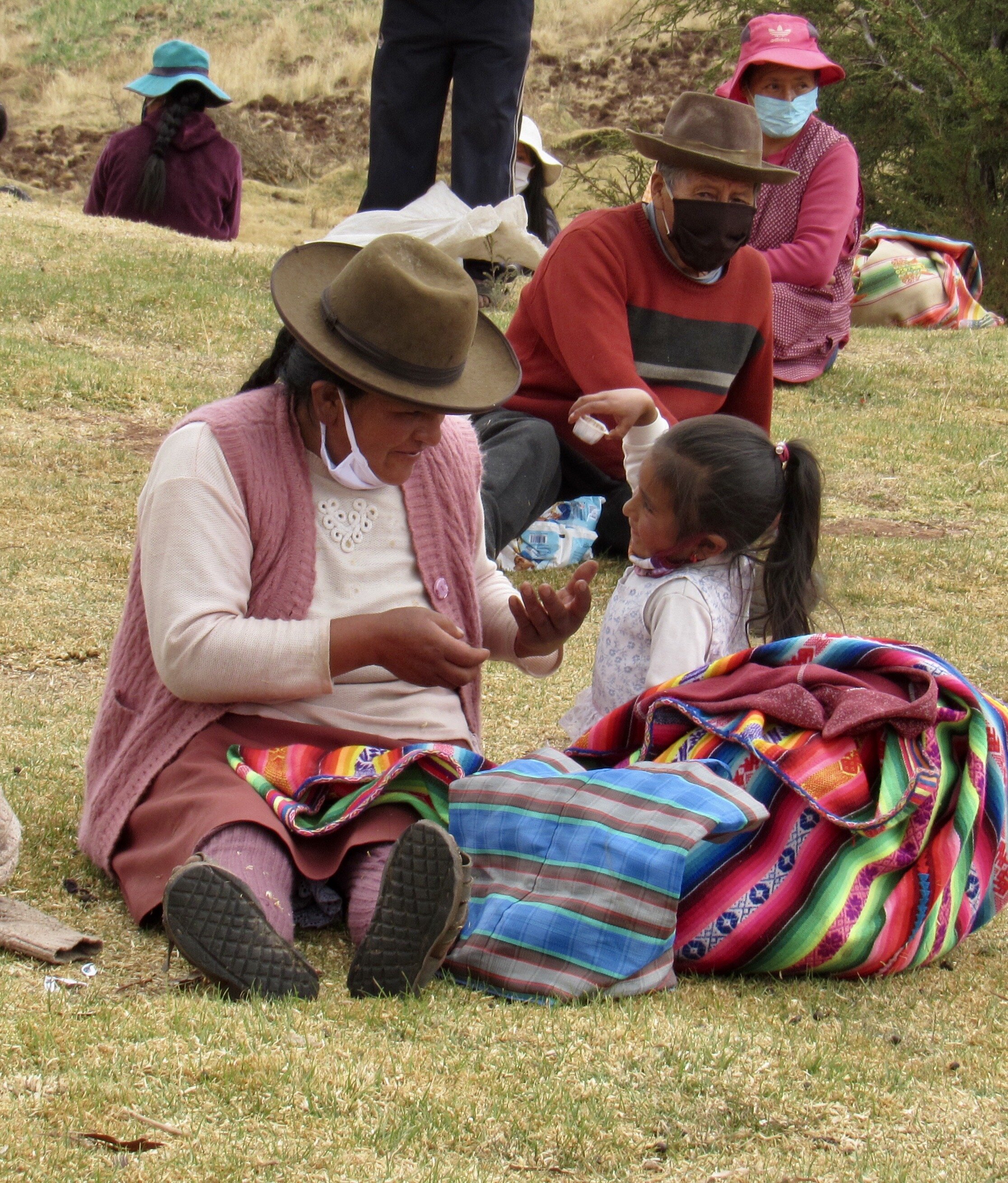
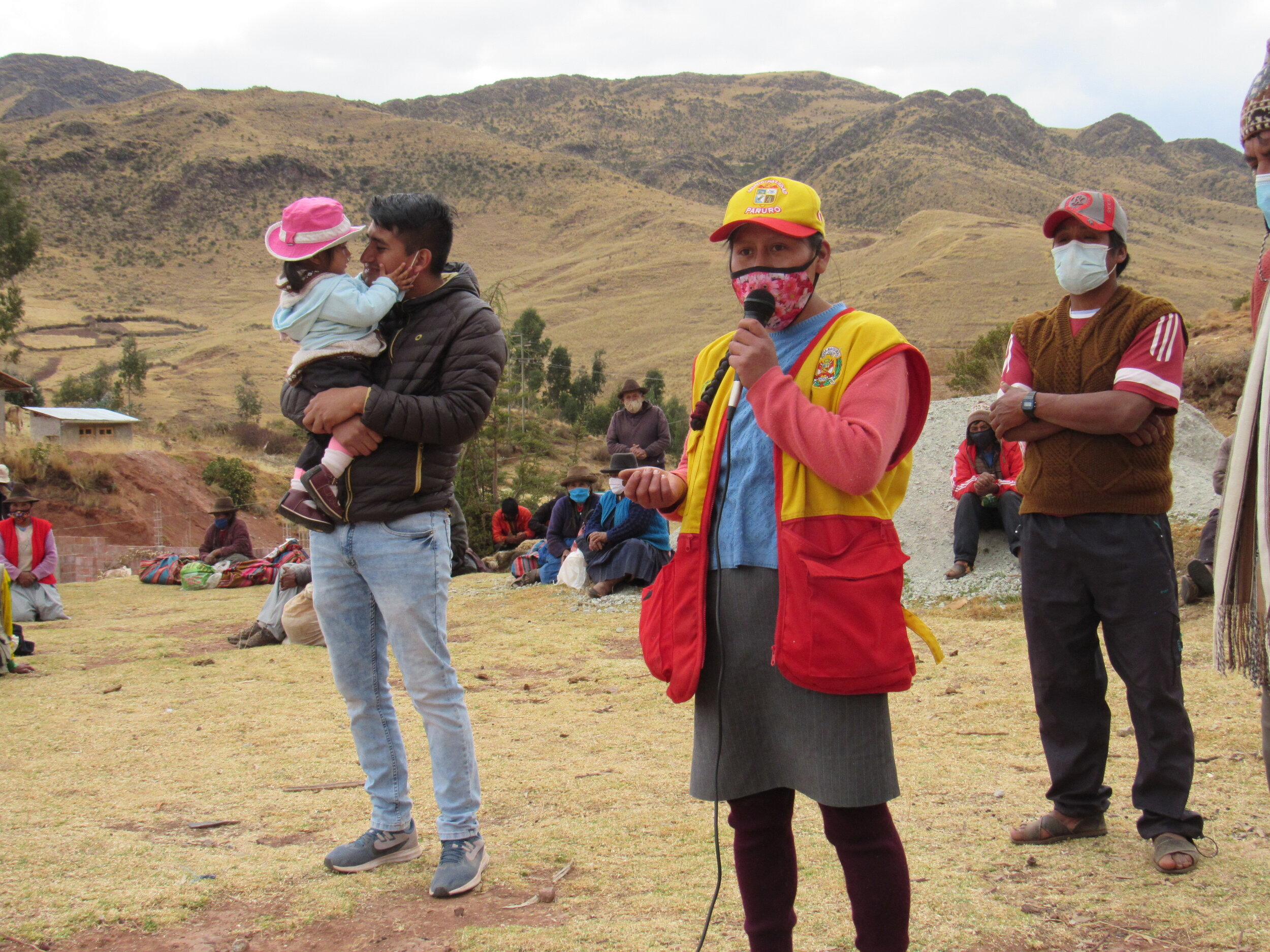

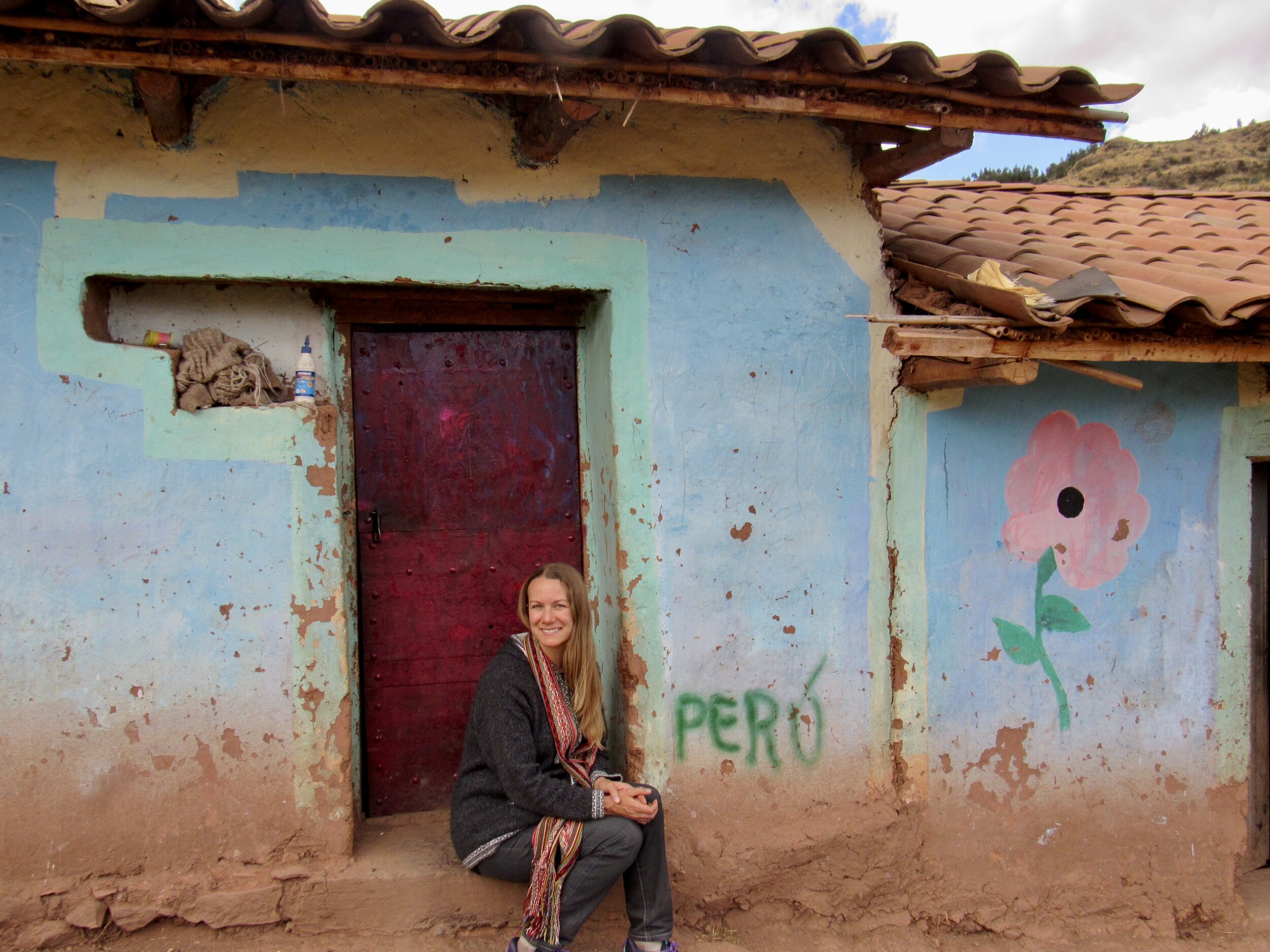
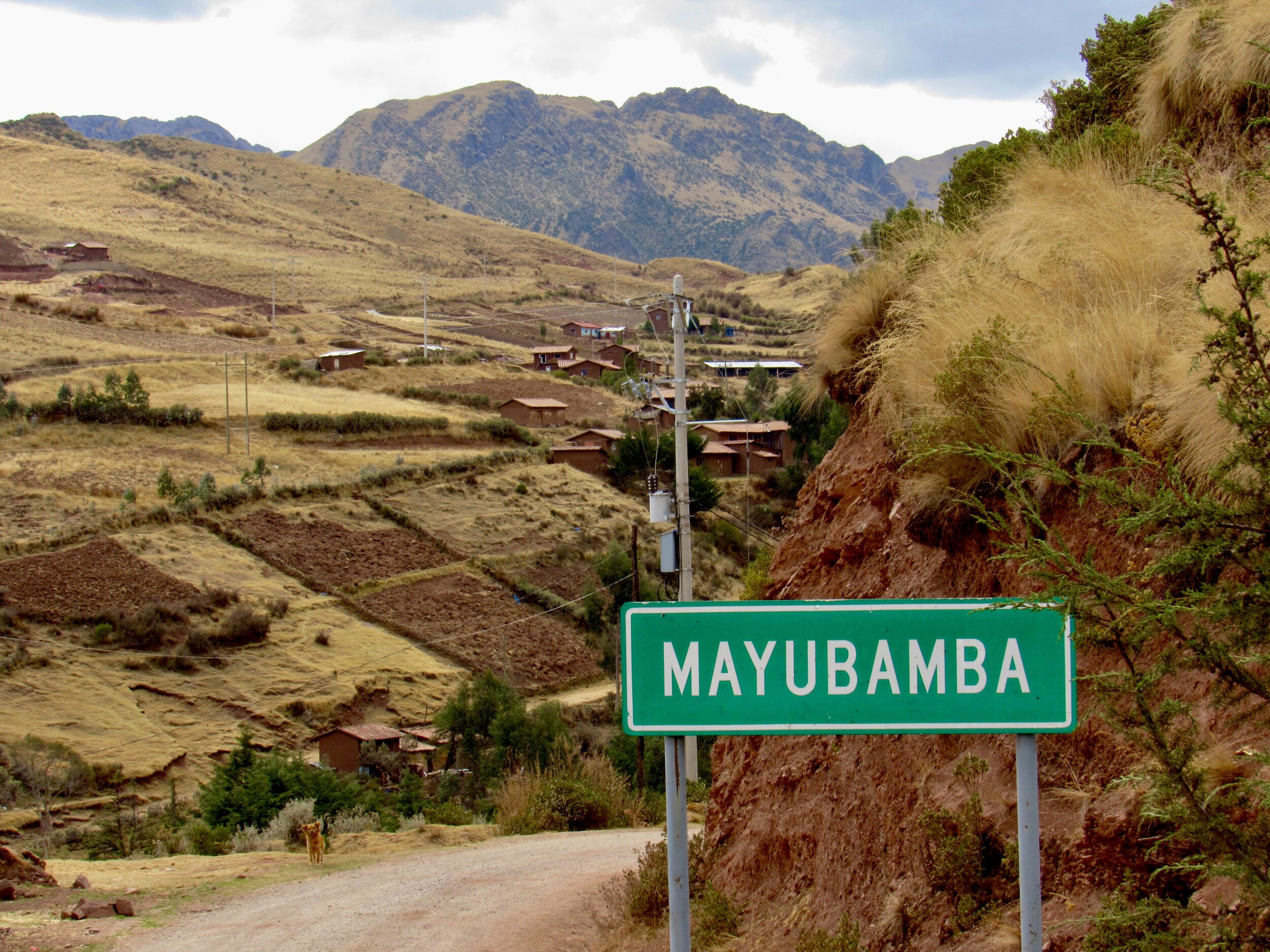
Saturday, 22 August, 2020
I met the rest of the team at 8am at Wagner’s, the wholesaler we work with. I was joined by Auqui and Henry, who have been with me for every event and take care of all of the coordinating with communities and mayors. Steve, Sonia and David also helped out today. Sonia is my yoga teacher and both she and David take language classes from me.
The mayor of Paruro had sent a truck for the food and a van for the group to meet us at Wagner’s. We loaded up 5kg bags of rice, 1kg bags of sugar, bags of oatmeal, salt, vegetable oil and packages of 10 little marmalades (courtesy of the Maytaq Wasin hotel in Cusco). The mayor had provided a list of 76 families in the community of Mayubamba who are in the most need in the area.
Each family received everything on the list above, plus the children received school supplies like pens and notebooks. For the younger children we bought colored pencils, coloring books and cartons of milk.
Communities all give us some short of welcome, but this time the mayor had organized a real reception. There were the usual speeches, plus music, dancing and gifts. We certainly have never received gifts from any of these communities before. People are just too poor. Having the mayor there to organize such a big event was strange. It is not at all how we usually distribute food.
However, it has probably been months since the people of Mayubamba have had an excuse to get together for a happy event. Even in rural areas, people are very aware of the global pandemic, the numbers of people infected and dead in Peru, and how important it is for them to stay isolated from anybody outside of the community. I am acutely aware of the risk that we pose to them, coming from Cusco. We always keep our masks on, try to keep some distance, and wear gloves when we are giving food to people.
At Mayubamba, we also wore the traditional Andean hats that they gave us, along with the handwoven scarves and bags. With six of us, the scarves alone are worth about a fourth of what we spent on food for the village. If I had thought that the gifts came from the villagers themselves, I would have tried to pay them something. Knowing that they came from the mayor made me less uncomfortable. Still, they were expensive gifts that we definitely did not expect.
In every village they give us something. Usually it’s either boiled potatoes or boiled corn. We don’t expect people to be able to give us something, but we do appreciate being able to take the time to share with these communities. It’s the Andean version of breaking bread, and it builds a connection between those of us coming from Cusco and those who live in such isolated communities, hours from Cusco.
